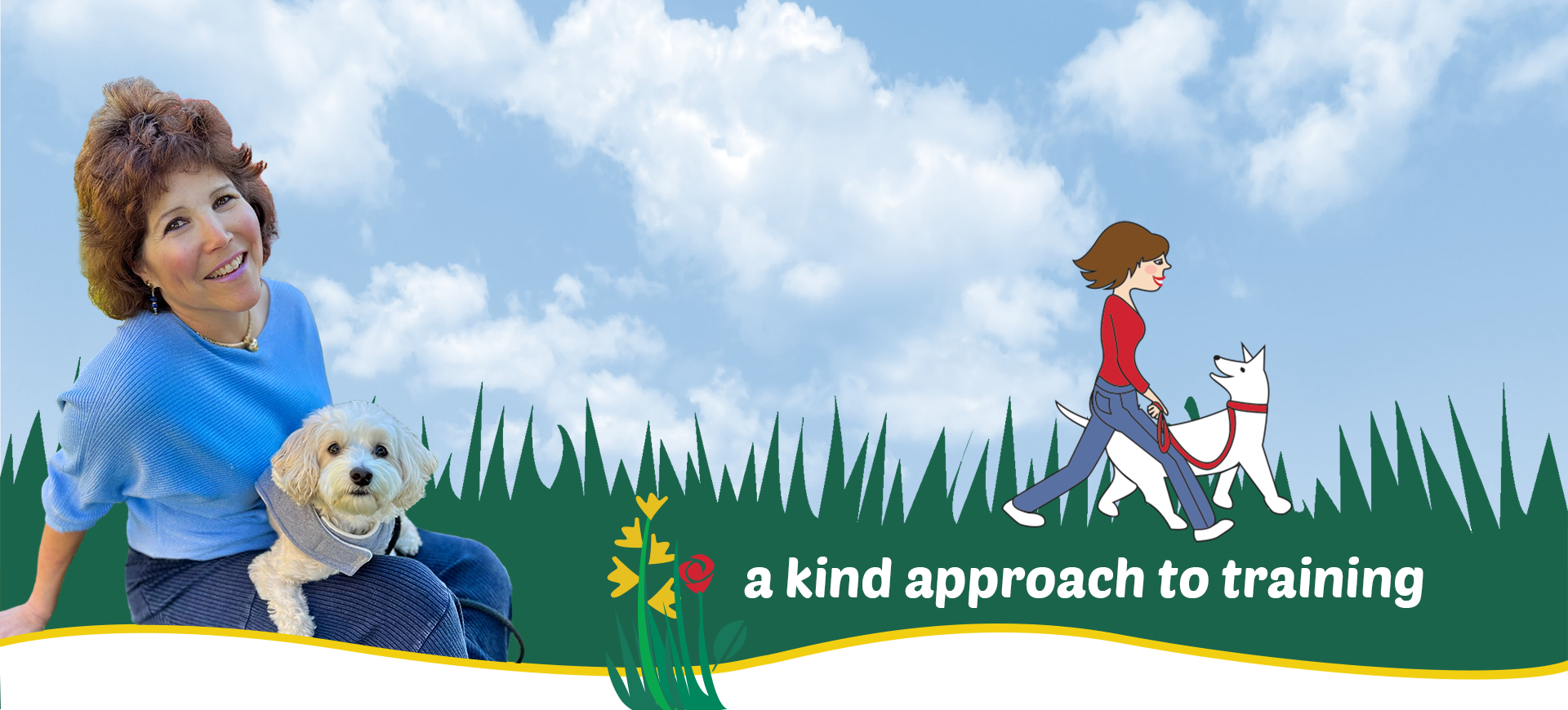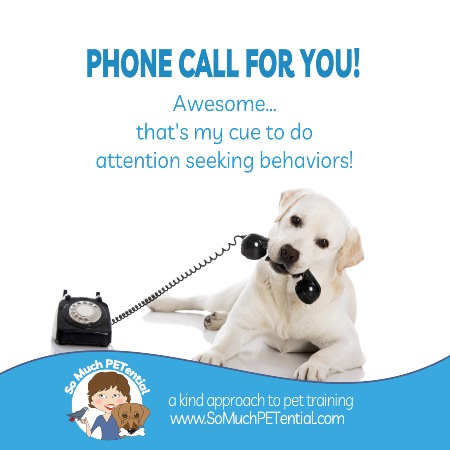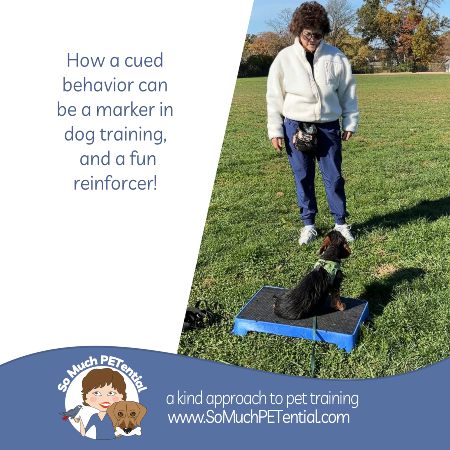I am a pretty consistent exerciser, working out about 5 to 6 times a week. There is such an emphasis with people to strengthen our core – the muscles of our abs, spine and supporting limbs. That strength decreases lower back pain and stress on the rest of our body, and helps us to have more upright posture and prevent injuries.
Core strength in dogs is also a good thing, decreasing the incidence of injuries associated with osteoarthritis 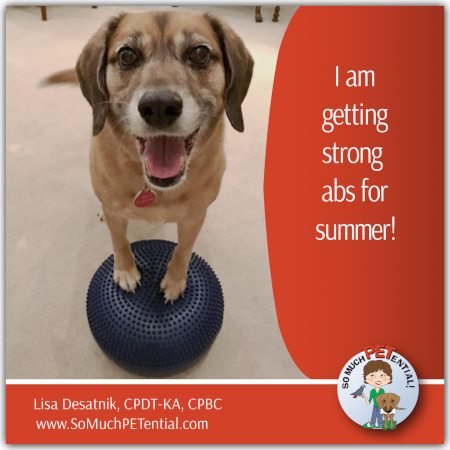 or other soft tissue issues, of iliopsoas strains, and spinal pain. I spoke with Ginger Jones, CCRP, canine physical therapist at the Care Center about core strength exercises the other day. “Core work,” she told me, “is integrated into everything I do.”
or other soft tissue issues, of iliopsoas strains, and spinal pain. I spoke with Ginger Jones, CCRP, canine physical therapist at the Care Center about core strength exercises the other day. “Core work,” she told me, “is integrated into everything I do.”
It is that important whether you have a very active, a young, an old, a big or small dog.
Ginger explained how you may notice signs of a weak core in everyday activities. There may be excessive sway in the hind end in movement. You may see your pet have difficulty making the transition from positions such as going from sitting to standing. Sometimes, depending on the situation, a dog’s inability to hold a sit stay could be due to weak core muscles.
Please note: Before you begin new exercises, clear them with your veterinarian/health care professional. You can mix these exercises up, doing several consistently at least every other day. They can also be considered a warm up before other activities.
Exercises to strengthen your dog’s core
Ginger said even simply walking your dog over uneven surfaces causes your dog to shift its body weight, engaging core muscles. When you take that leash out, keep an eye out for things in the environment you can encourage your dog to step on or move over. Walking up and down inclines and stairs involves trunk muscles too. In your home, you can encourage your dog to walk on pillows or folded towels for example as another surface.
Exercises while standing. Holding a stand can be more difficult than you think in the beginning (think of the plank exercise for humans). Encourage your dog to stand and hold that position for up to ten seconds or longer. You may need to begin with just a few seconds of holding position. These are some of the ways Ginger engages the muscles more during the stand (for all of these, use a non-slip surface)
With a lure, encourage the dog to turn its head in different directions to follow the food.
Gently sway your dog from left to right while supporting it. Note: you are not rocking your dog so hard that it will need to move its legs to regain balance. As your dog becomes stronger, your dog will need less support from you.
Again, while you are supporting your dog, lift one leg for a few seconds and then replace it on the ground. Do this with each of your dog’s legs. For difficulty as your more forward with this, you can increase the time for each leg lift and decrease the amount of support you provide.
Sit to stand. Changing positions is great for strengthening your dog’s core. Encourage your dog to go from stand to sit and sit to stand (and you can incorporate laying down too). You can increase repetitions up to 5 or 10 times on a variety of surfaces.
Walking backwards and in a figure eight. This exercise, while fairly simple, helps a lot with balance and hind limb strength.
Cavalettis. A cavaletti is basically walking your dog over a series of raised surfaces. You can make your own or purchase them online. You can even use a ladder. This exercise requires your dog to lifts its hind legs over each surface improving strength, range of motion, balance and flexibility. Ginger said you can begin with a series of two-by-four boards. You can also use PVC pipes or broomsticks, or other poles. Begin with the hurdles laying on the ground and gradually increase the height. You can be creative in hurdle holders. I have seen people use crushed soda pop cans (placing the hurdle end over the crook in the can), laying the hurdle on blocks, ect. The hurdles should be placed one body length of your dog apart, and begin with about a four inch height (depending on the height of your dog). You can have four to seven hurdles. Walk your dog through the course four or five times initially and then increase the repetitions as your dog gains strength.
Elevated paw touch. Practice having your dog stand with its front paws on an elevated surface such as a chair to increase the weight bearing load of the back legs. You can increase the time in small increments as they increase their rear leg strength. When your dog can hold that position for at least 15 seconds, you can practice adding some gentle hand pressure to its body as was practiced with the stand. You can also practice this with your dog’s rear legs on the elevated surface.
Using a wobble board or balance ball. Practice having your dog sit or stand on a BOSU or balance ball (you will need to support your dog in the beginning, and also just to desensitize your dog to being on it, you may want to wedge the ball so that it does not move when getting started).
Additionally you can teach your dog to put its front or rear paws onto a ball or wobble board. To do this, I first taught our dog to paw target (stand with his front paws on a surface) on a variety of surfaces and rotate his back legs so the behavior itself was not new. Below is a video of me demonstrating clicker training using shaping to teach a Vizsla to paw target, and then a video of me teaching our Sam to put his paws on a balance ball.
Teaching beginner paw targeting
Teaching our Sam to keep his front paws on the balance ball
All of these exercises are not that difficult to practice and teach, but they are so important to the wellness of our pets. A dog that does agility needs this strength to minimize injury risk. A dog that does confirmation will need good core strength to hold positions. For that matter, working dogs, older dogs, and puppies will all benefit. And you will have fun in the process!

